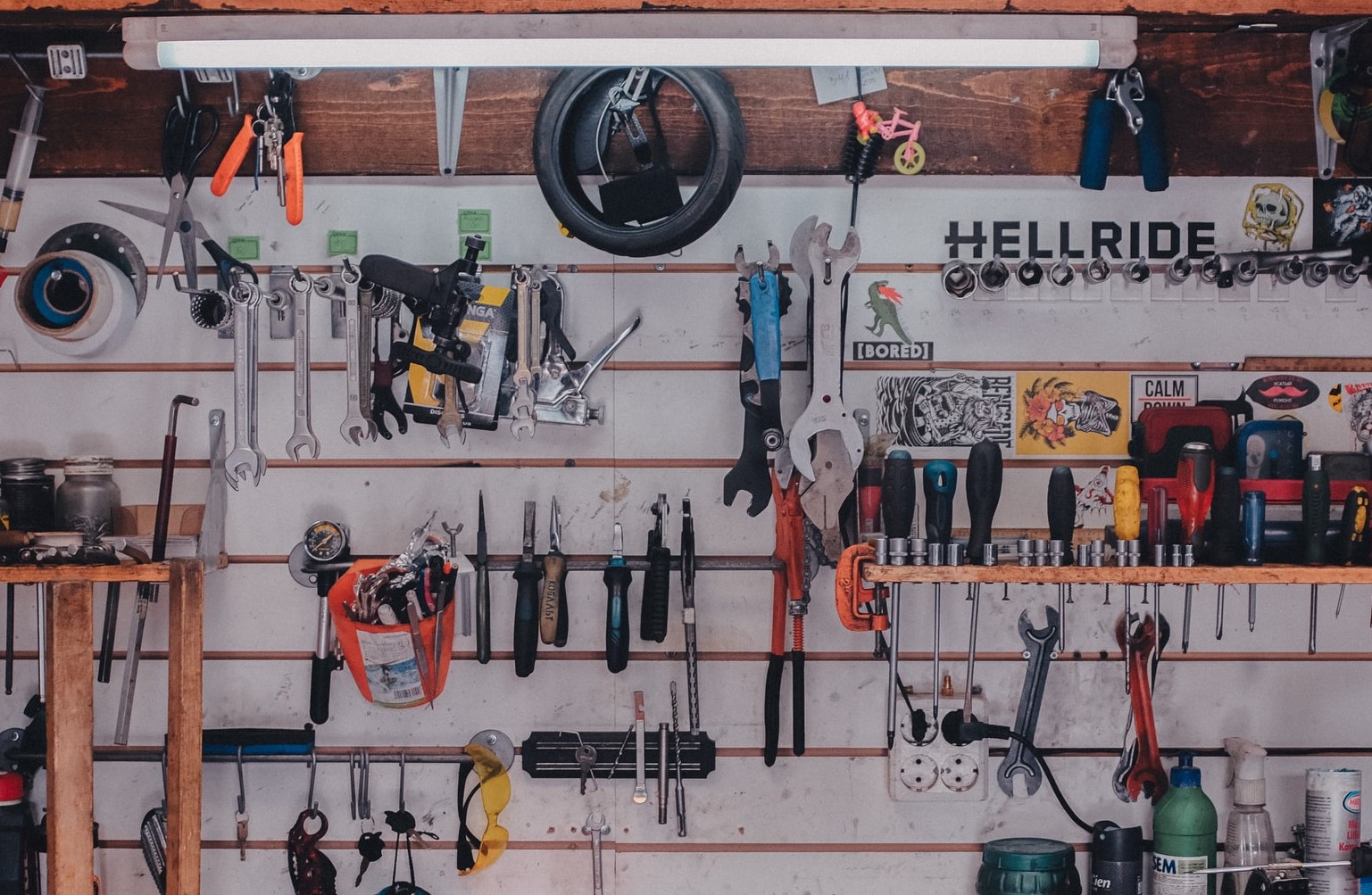The war is not yet won, but there has been another successful battle. With a vote in the European Parliament on 25th November, the campaign for the right to repair scored an important victory. Overcoming political differences, MEPs approved the report on sustainable products presented by French Green Party member David Cormand. The document contains key new strategies to fight planned obsolescence in electrical products, prolonging their useful life.
After all, “Make sustainable products the norm in the EU” is a top priority for the new European Commission and one of the cornerstones of the Green Deal. Now the Commission has the full support of Parliament to continue down the path of the right to repair. However, it is not all over yet, and the Right to Repair coalition - which unites 38 organisations across 15 European countries - has set its sights on the next moves.
A win for the Right to Repair coalition
“The win comes after weeks of opposition where conservative and liberal parties tried to water down the original, more ambitious version of the report”, the Right to Repair coalition said in a statement on its website. Fortunately, this opposition ultimately failed. Public opinion is also clearly in favour of improved repair legislation: according to the Eurobarometer, 79% of Europeans believe that manufacturers should be legally required to facilitate their products’ repairability.
Essentially, there were two contested points in the report, explains Ugo Vallauri, Policy Lead and co-founder at The Restart Project - which leads the Right to Repair campaign alongside the European Environmental Bureau (EEB). “There were two amendments by the Committee on Internal Market and Consumer Protection (IMCO) that risked diminishing European legislative ambitions on the right to repair. The first one would have allowed for repairability score labels to be implemented voluntarily, as opposed to their presence being compulsory. The other amendment would have narrowed the focus of the legislation to prevent or sanction only “planned obsolescence”, which is the inclusion of components that reduce a product’s lifespan. This would have meant that the much more frequent cases of “premature obsolescence” - where manufacturers’ choices, such as a lack of software support or the absence of spare parts, arbitrarily reduce a product’s useful life - would have been excluded from the legislation’s remit”. The two amendments didn’t pass, Vallauri recounts, thanks to the split within the liberal Renew group, who partially supported the measures alongside the Greens and Social Democrats. “The European Commission now needs to take this momentum and move forward swiftly in 2021 on an EU-wide repairability score for all electronic devices”, stated Chloé Mikolajczak, a campaigner for Right to Repair.
The repairability index
A repairability index or score - meaning a labelling system that makes consumers immediately aware of products’ repairability - has long been a topic of debate. In 2019, the European Commission and the Joint Research Centre worked collaboratively on the issue. The discussion, however, won’t be picked up again before the second quarter of 2021.
For the moment, we can get an idea about what the index might be by looking to France, where Europe’s first repairability index is set to come into effect in January 2021. Products belonging to five categories - smartphones, laptops, TVs, washing machines, and lawnmowers - will receive a score from 1 to 10. Scoring criteria include the information provided by manufacturers (instructions manuals, technical diagrams, etc.), ease of disassembly, the availability of spare parts and the relationship between their price and the price of the product. “This last one - Vallauri explains - is very important in evaluating reparability, because producers often rely on the expensiveness of spare parts to discourage repair”.
“We still can’t say how closely the European reparability index will resemble the French one - Vallauri continues - but we hope that the EU version will be independently certified by third parties, as opposed to something calculated by the manufacturers. Especially because this insistence on reparability labels is part of a wider effort to improve transparency and reduce companies’ attempts at greenwashing”.
The next steps toward the right to repair
“The vote on this report, despite it being one of many, was very important because it risked weakening the demands and the entire journey that brought us here”, notes Ugo Vallauri. “Fortunately this didn’t happen, and this strengthens the Commission’s mandate on the right to repair. Of course, it will still take time…”.
The European Commission’s legislative work has been postponed to the second quarter of 2021 due to Covid. By then, presumably, the actual legislative proposal will be ready. “With the likely corollary of protests from manufacturers’ associations”, adds Vallauri.
The next step is now the entry into force, in January 2021, of the new European Ecodesign Directive, which contains a series of laws on the availability of spare parts (specifying for how many years manufacturers have to ensure they are available) and on the so-called “repairers registry”, a list of all persons or organisations authorised to carry out repairs. The question of who is included on this list is especially thorny because it will effectively determine to what extent manufacturers will be required to disclose manuals and information about their products. “The regulations give individual countries a certain amount of leeway”, Vallauri explains. “A member state can decide to introduce a registry of repairers and use this as the way to establish who has access to what, including, for example, even eco-centres and associations. In Italy, it would seem that this instrument does not exist, and we ask that MiSE (the Ministry for Economic Development) clarify its intentions as soon as possible. Without a registry, the Ecodesign Directive stipulates that it is the manufacturers who decide whether or not to accept requests for access to spare parts and manuals. This has the potential to reduce the cases in which products are repaired”. Furthermore, the legislation, citing safety reasons, makes a distinction between professional repairers and amateurs/consumers. This, of course, does not satisfy the Right to Repair Coalition, which - as Vallauri says - “is fighting for a universal right, for everyone, without discrimination, to have access to spare parts and manuals”. So that every broken object has a chance to be repaired.



